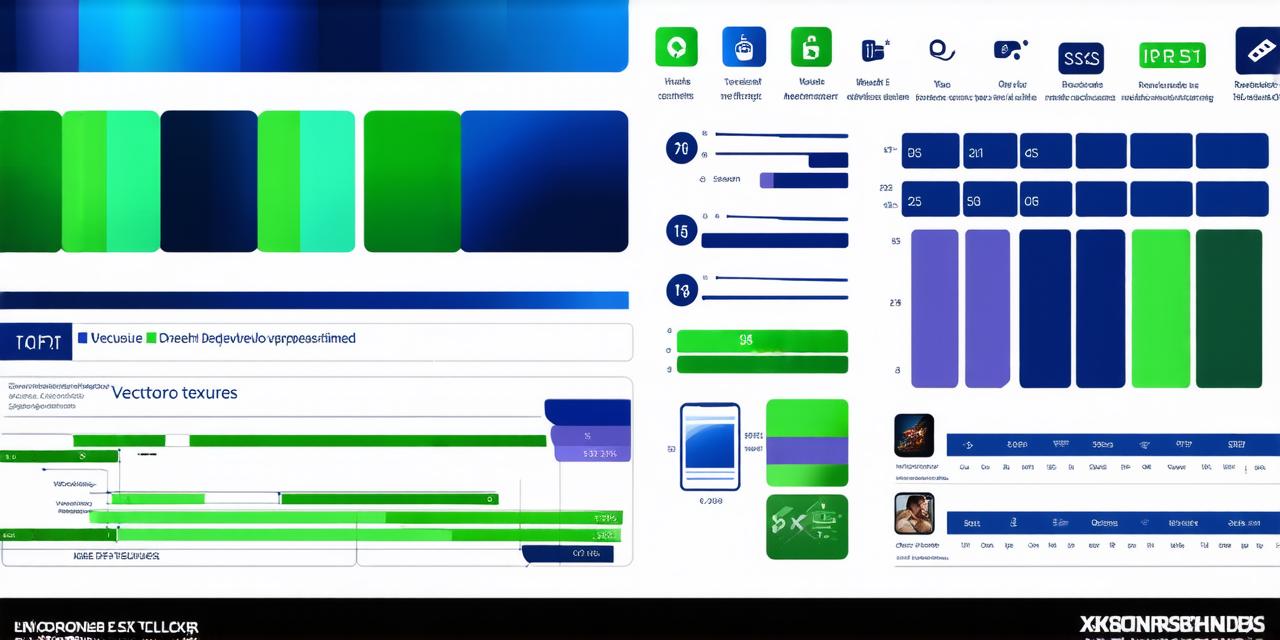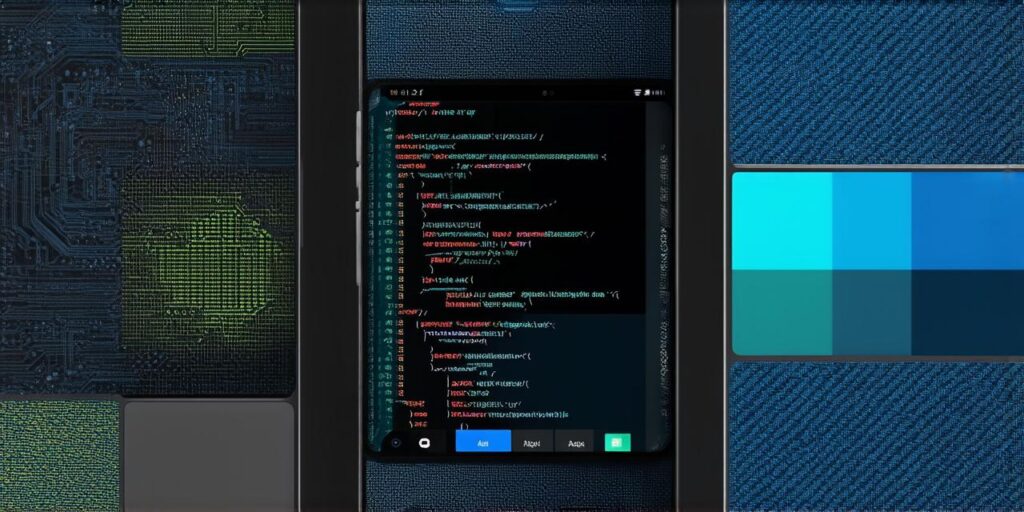Mobile apps have become an essential part of our daily lives. They provide us with a range of functions from entertainment to productivity.
1. Identify the Purpose of Your App
Before you start the development process, it is important to identify the purpose of your app. This will help you determine which platform you want to develop for (iOS or Android), and what features you need to include in your app. It is also essential to identify your target audience.
2. Develop a Wireframe
A wireframe is a rough sketch of your app’s layout and design. It helps you visualize how the app will look and function, and it allows you to make any necessary changes before you start coding. You can use pen and paper or a tool like Sketch or Adobe XD to create your wireframe.
3. Choose Your Development Platform
As mentioned earlier, there are two main development platforms for mobile apps: iOS and Android. Both platforms have their own programming languages, development tools, and libraries. Before you choose a platform, you need to consider the purpose of your app, your target audience, and your budget. If you are not sure which platform to choose, it is best to start with both and then choose the one that works better for your app.
4. Write Your Code
Once you have chosen your development platform, you can start writing your code. You will need to learn the programming language specific to that platform, as well as any libraries or frameworks you plan to use. You can find many resources online to help you with this, including documentation and tutorials.
5. Test Your App
Testing is an essential part of the development process. You should test your app on multiple devices, operating systems, and screen sizes to ensure it works as expected. You should also test for any bugs or issues that may arise during the development process.
6. Publish Your App
Once you have tested your app and are satisfied with its functionality, you can publish it to the app store. This will make it available to users on that platform. You will need to create an account on each platform’s developer portal and follow the instructions to upload your app and submit it for review.
In Summary
Developing a mobile app can be a challenging but rewarding experience. By following these steps, you can create a functional and user-friendly app that meets the needs of your target audience. Remember to take your time, do your research, and seek help if needed. With determination and hard work, you can successfully develop your own mobile app.




